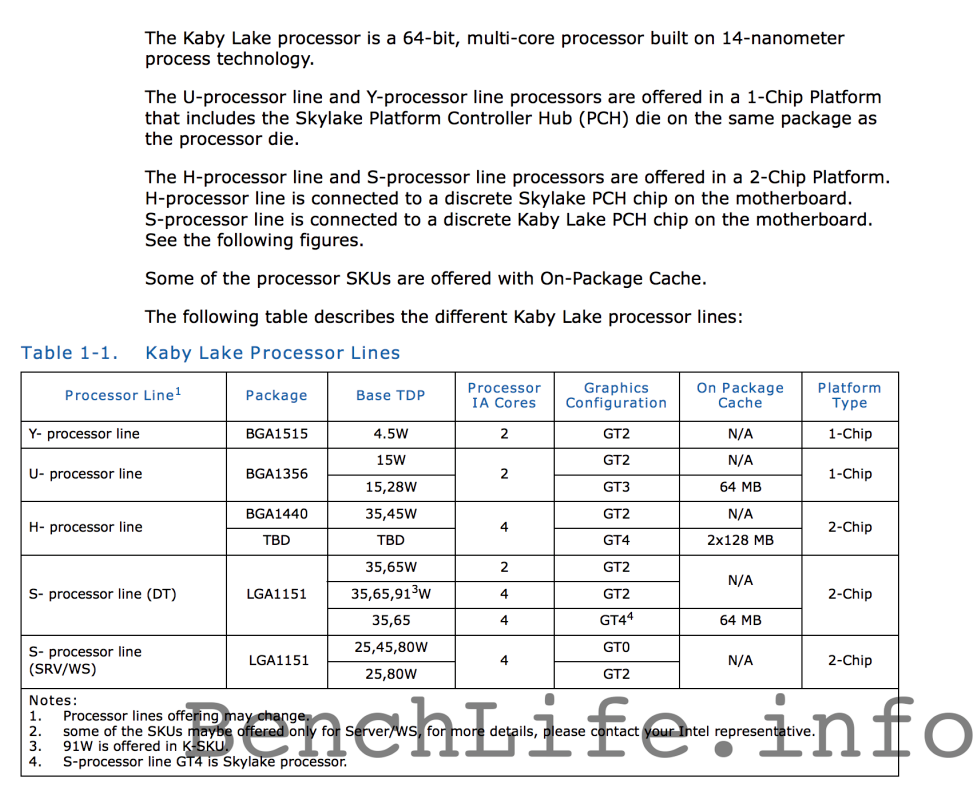mmmm actually you may want to walk that back a bit.

Intel's 10nm 'Cannonlake' delayed, replaced by 14nm 'Kaby Lake'
Intel has led the desktop processor market for the last decade, dominating in price and performance nearly without challenge since the introduction of the Core 2 chips...www.techspot.com
That link doesn't even mention Tiger Lake, much less claim it came before Ice Lake. The very idea is preposterous.
If Cannonlake was ready on a design level for a 2016 launch, where do you think IceLake and TigerLake were . . . ?
Ice Lake was in development, but the team that later did Tiger Lake was busy with Broxton.
For that matter, if Tiger Lake was even ready in 2019, it would have shipped then instead of Ice Lake. But we know from the timing of leaks and the steppings they contain that it wasn't ready till 2020. Later in 2020 than it should have been, for that matter.


